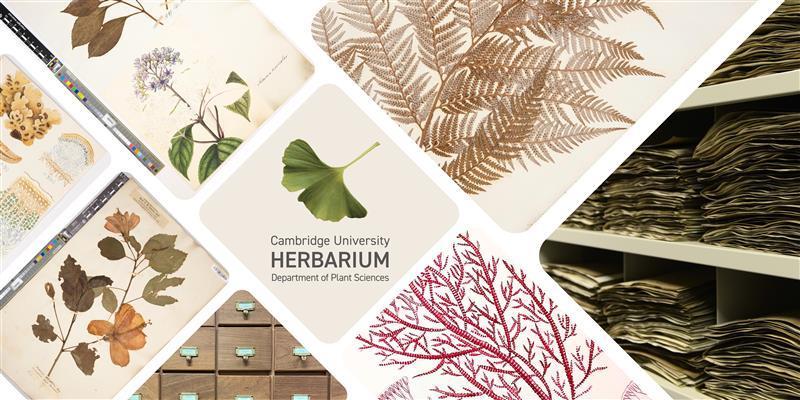
Do you know how plants get their scientific names?
Taxonomy is the field of science that looks at describing, classifying and naming organisms. To describe new species and update classifications, plant taxonomists use a variety of techniques and sources of information, from studying botanical literature dating back to the 18th century, to collecting plant specimens in the field, conducting morphological studies, extracting DNA, and analyzing geographical distribution patterns.
One of the most valuable tools for plant taxonomists are herbaria, which are “libraries” of dried pressed plants with associated data, collected over centuries. The Cambridge University Herbarium contains 1.1 million specimens of plants and fungi collected worldwide, sometimes as part of famous expeditions such as Darwin’s Beagle journey.
In this talk, Dr Anne Dubéarnès will share some of the treasures hidden in the Herbarium and explain how they are used to study plant diversity at local and global scales.
